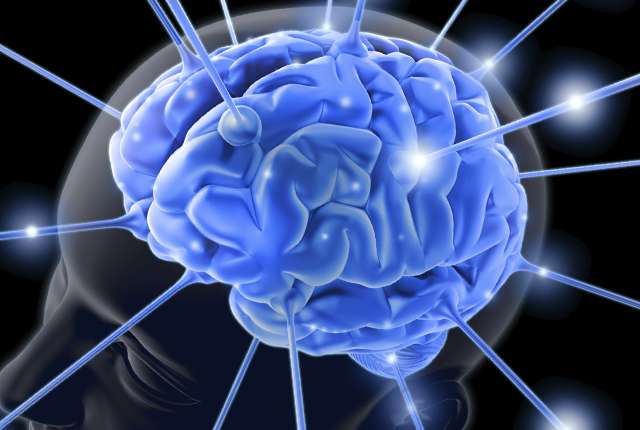New method for analyzing brain activity helps understand stroke impact

A new method developed by Rice University psychologists for analyzing brain activity may help better understand what happens to the brain following a stroke.
The technique is outlined in "The Cognitive Neuroplasticity of Reading Recovery Following Chronic Stroke: A Representational Similarity Analysis Approach" and appears in the current edition of Neural Plasticity. The method maps how the brain changes after a stroke and helps researchers understand the brain's reorganization.
The study affirms that neuroplasticity, the brain's ability to change and adapt, after a stroke allows for the functional takeover of some tasks by other parts of the brain instead of compensatory masquerade, in which the impaired brain figures out an alternate strategy to carry out a task. Simon Fischer-Baum, an assistant professor of psychology, said that rather than simply detecting whether a region of the brain is active in a particular task, the technique his team developed evaluates the function of a region by analyzing the pattern of activation.
In the study, Fischer-Baum had one patient with brain damage and 20 control participants read words while undergoing functional magnetic resonance imaging (fMRI), a process that measures brain activity by detecting changes associated with blood flow. This technique is based on the observation that cerebral blood flow and neuronal activation are coupled.
"The word 'TOUGH' looks different than the word 'dough' because 'TOUGH' is capitalized, although it is spelled very similarly," he said. "It is also pronounced differently and has a different meaning than 'dough.' In contrast, 'DOUGH' and 'sew' are pronounced similarly but have different meanings. And 'DOUGH' and 'bread' are spelled very differently but have similar meanings."
By comparing how different regions of the brain responded to individual words, Fischer-Baum said they were able to discover which regions of the brain were involved with reading, pronunciation and comprehension and, by comparing the function of different regions in brain-damaged and control participants, they could determine if functional takeover or compensatory masquerade had taken place.
"Our logic was simple," Fischer-Baum said. "If neuroplasticity results in compensatory masquerade, then we expected to find the same function in the same brain regions for the patient and the control group, but we did not. In the patient with a brain injury, orthographic processing (the knowledge of the spellings of words) was being carried out by a region on the right side of the brain, but for control participants, orthographic processing was being done by a region on the left side, a region of the brain that was damaged in the patient. This indicates that functional takeover took place."
Fischer-Baum said the research is an important contribution to the field of neuroplasticity, not just because it will aid in patient recovery through the design of better treatments and tools, but because it is important for scientists and physicians to understand what neural changes mean in terms of cognitive functions.
"The major challenge of cognitive neuroscience is to understand how brain processes relate to cognition," he said. "We want to pinpoint exactly what functions are taking place in different regions of the brain, and this research is a step in that direction."
More information: The Cognitive Neuroplasticity of Reading Recovery following Chronic Stroke: A Representational Similarity Analysis Approach. Neural Plasticity. doi.org/10.1155/2017/2761913















